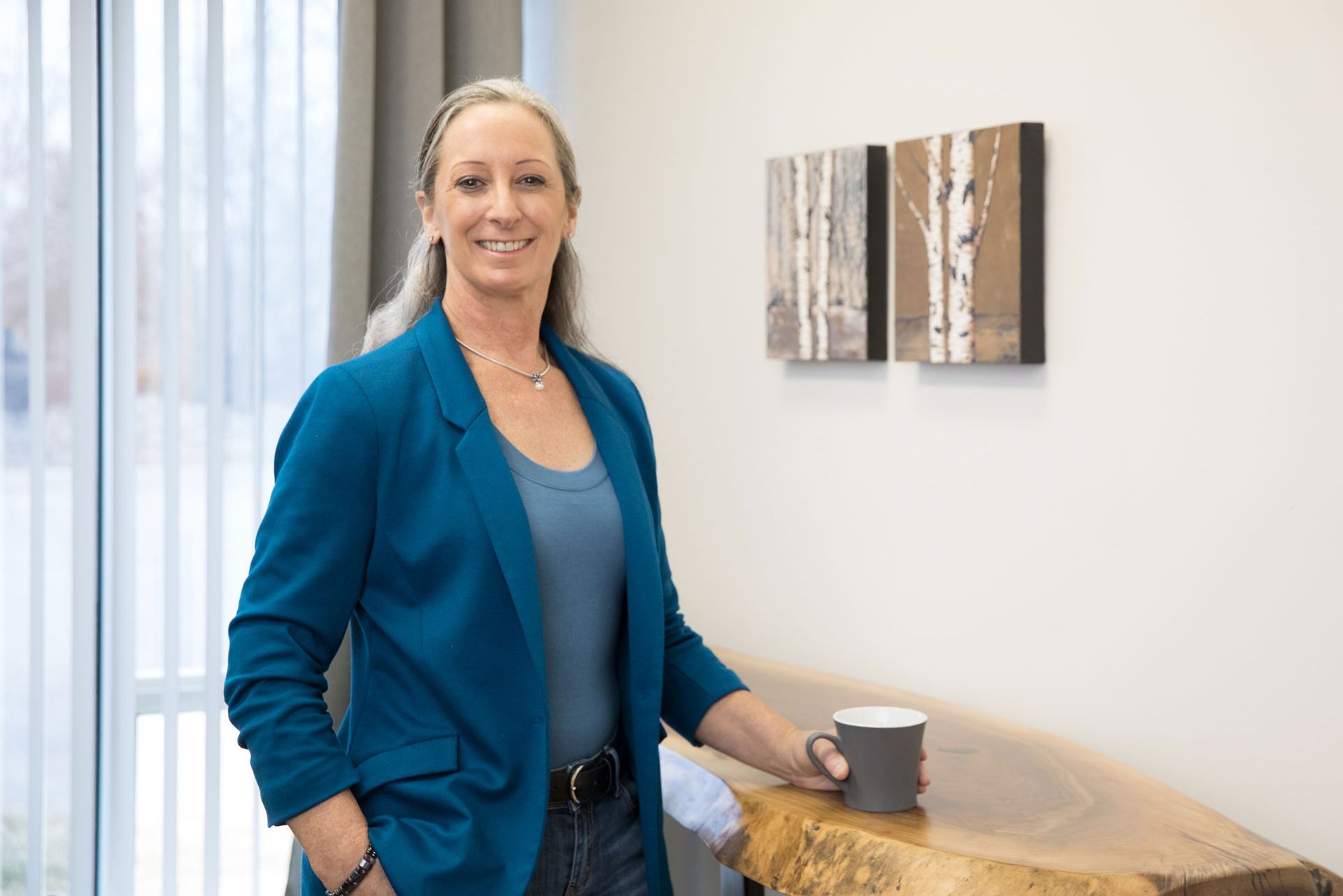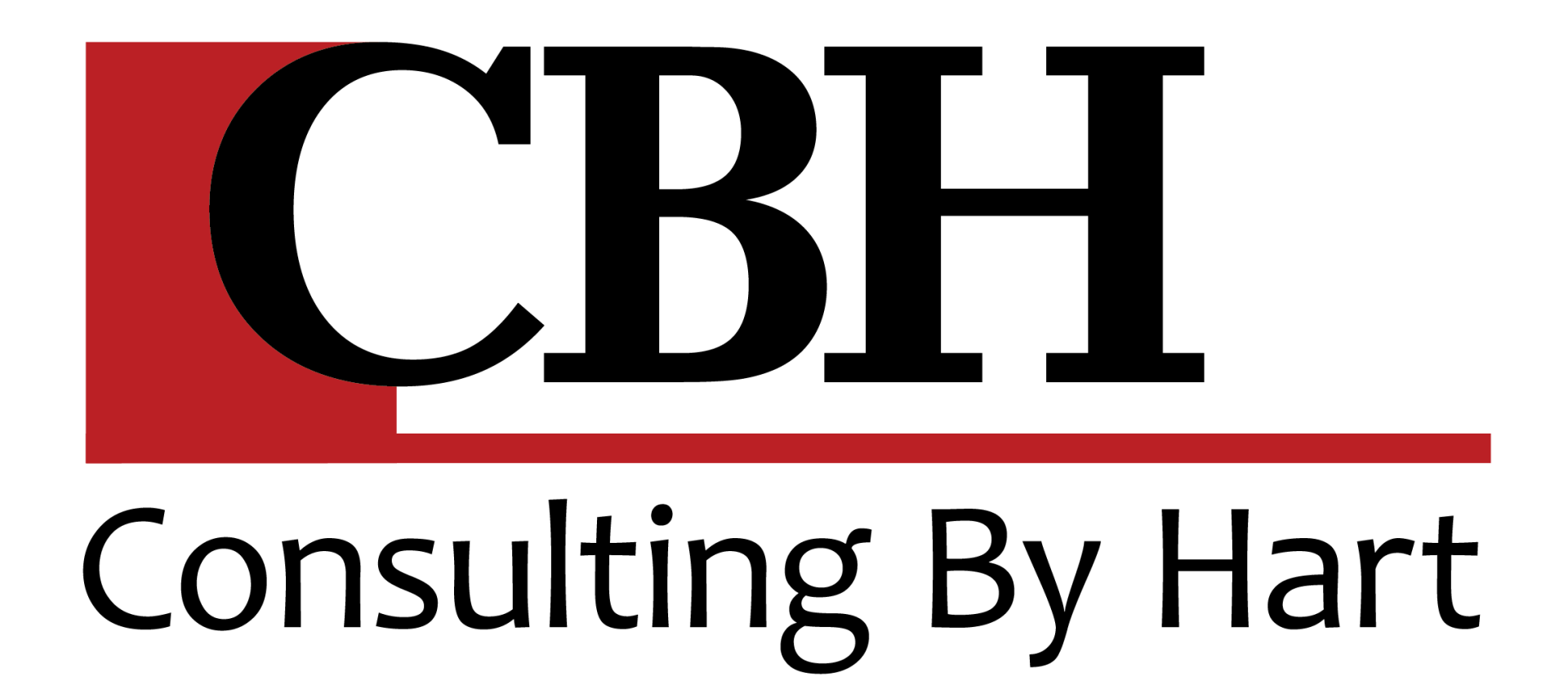Anxiety – It’s a ‘Thing’… Still.

Last month, I met with a group of 20 employers – and talked about the sources of anxiety within their businesses. We spent well over an hour discussing strategies to recognize, manage and mitigate anxiety and stress.
While the Covid-19 Pandemic has created increased incidence of anxiety for many – whether at work or at home, there remains a shocking number of employees, managers and owners in our midst who are either silently or openly struggling with anxiety – either with or without Covid in the mix.
Anxiety appears in many forms with your team members and here are some challenges we discussed:
1. New employees who don’t show up for their first day, or shortly there-after
If this is a challenge in your company, then take a step back and look at what their experience has been since they were hired… what information have they been given in advance, what have you or others in your company done to make them feel welcome? Have you tried to make them feel at ease? Do they know in advance what to expect and how to properly prepare for day one? Is there someone for them to check in with if they’re nervous? Is there someone to encourage them? Did someone move them through day one with an eye on the new candidates’ level of stress or anxiety/nervousness? An absence of special attention to these factors can lead to great potential candidates being de-railed before they’ve given the job a chance.
2. A lack of ‘orientation’ to the company or meeting people before day-one due to Covid and virtual interviewing – which leads to high anxiety on day one (and beyond).
One participant brought up this great observation: ”It’s tough to walk into your first day of a job, having been hired without ever meeting anyone in person, or having seen the ‘layout’ of your workplace”. Consider taking the time with a new candidate in advance of day one and ask them what they’d like to know. Make sure that they know in advance who to look for when they arrive, where to park or which bus will bring them to the closest stop. What landmark should they look for? Ask what would make them comfortable on their first day? What are they nervous of? If they’ve never worked on a crew outdoors before, talk to them about what type of kit to bring their lunch/snacks in, and how much they should bring, what to wear, how to be prepared and who to ask for when they arrive.
3. Whether a new employee or one who’s in a new role, they don’t know what they don’t know. It’s up to you to anticipate and be one step ahead of their sources of stress.
“It’s easy for new and returning staff to quickly become overwhelmed” said another attendee. The results you’ll see are varied and may include poor attendance and low retention. It’s hard to recover from feeling overwhelmed when the days are long. Feeling stressed everyday can lead quickly to overwhelm. One of the youngest entrepreneurs in the group offered this great comment: “we all have to balance our output of energy with recovery time”. Talk to staff who seem to be showing signs of being overwhelmed and check in with them…. Are they looking after themselves after work? Are there ways you can help them move more smoothly through the day with less stress? How do they recharge their batteries?
4. There are many amongst us who struggle with chronic anxiety. There are ways each workplace can adjust to accommodate this challenge with empathy.
Chronic anxiety is immobilizing. Another participant talked with the group about his experience as an employer to make space, both in his team’s set up and with his own expectations for members on his team who work hard to manage their levels of anxiety. Recognizing chronic anxiety and being open about strategies to help staff who wrestle with it daily is both effective and builds trust.
5. Be vulnerable. Let the team know that you’re doing your best to help make their work and workplace as pleasant as you can, and that you might not have all the answers. Be open to their ideas.
Even employers have times of the season and situations that arise which cause them anxiety also! A mother/son business ownership team brought up this great point… that “we too get anxious – especially if the team is short staffed and the roster is full”. They feel really anxious and frustrated when they are pushing extra work on everyone just to keep caught up with the client demand. They share their anxiety openly with the team, and feel they get support in return.
As a seasoned ‘multi-generation’ workshop facilitator, many in my audiences have heard me repeatedly say “Anxiety is the Millennial Curse”. I firmly believe when each employer and team recognizes that the statistics show there is someone in their midst (of any age) struggling with anxiety – the conversations can change, the culture become more supportive and responsive – with better outcomes for everyone.
Take a breath and please start the conversation about anxiety with your team.
I believe that you might be a bit surprised, and glad that you did.
Other Articles That May Interest You:




